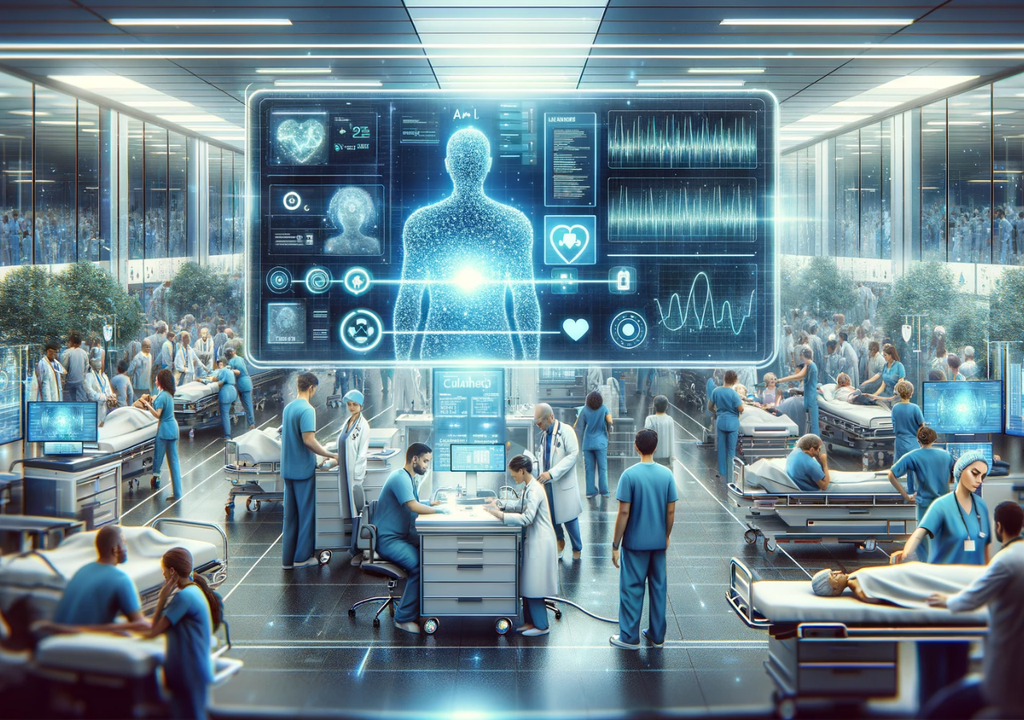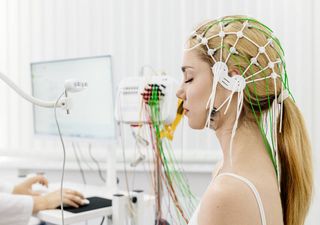AI might soon help reduce emergency room chaos, study suggests
AI might soon help reduce emergency room chaos, study suggests

Emergency departments across the world are bursting at the seams, grappling with the pressure of overcrowded wards.
However, research from the University of California San Francisco (UCSF) suggests that relief may soon come from an unexpected ally: artificial intelligence (AI).
According to a UCSF-led study, AI could help significantly improve how patients are prioritised in emergency rooms. This technology, the researchers said, could match - or even slightly surpass - a physician's ability to determine which patients need immediate attention.
To come to that conclusion, the researchers delved into a massive pool of anonymised data, examining 251,000 adult emergency visits. Their goal was to see how well an AI model could sift through clinical notes and pick out patients who needed urgent care. They used the Emergency Severity Index, a scale from 1 to 5 that nurses apply upon a patient’s arrival to triage, as their benchmark.
In tests involving 10,000 matched pairs of patients - one with a serious condition like a stroke and the other with a less critical issue, such as a broken wrist - the AI accurately identified the more severe case 89% of the time.
Even more noteworthy is in a focused review of 500 patient pairs, the AI’s decisions were spot on 88% of the time. This was a tad better than the physicians, who scored an accuracy of 86%.
An ER game changer
Lead author of the study, Christopher Williams, imagines a future where AI could be a game-changer in emergency medical services.
“Imagine two patients who need to be transported to the hospital but there is only one ambulance. Or a physician is on call and there are three people paging her at the same time, and she has to determine who to respond to first,” he said.
While the findings are promising, Williams cautions that AI in the emergency department isn't ready for widespread use just yet. He added that the tech still needs substantial validation and clinical trials before it can be deemed safe and effective for such critical applications.
“It’s great to show that AI can do cool stuff, but it’s most important to consider who is being helped and who is being hindered by this technology,” Williams explained, adding that there's a need to refine the models to eliminate any racial or gender bias that might skew their decision-making.
Nevertheless, Williams and his team are optimistic and their research marks a potentially big step forward for healthcare, using real-world clinical data to explore AI’s potential in emergency settings.








